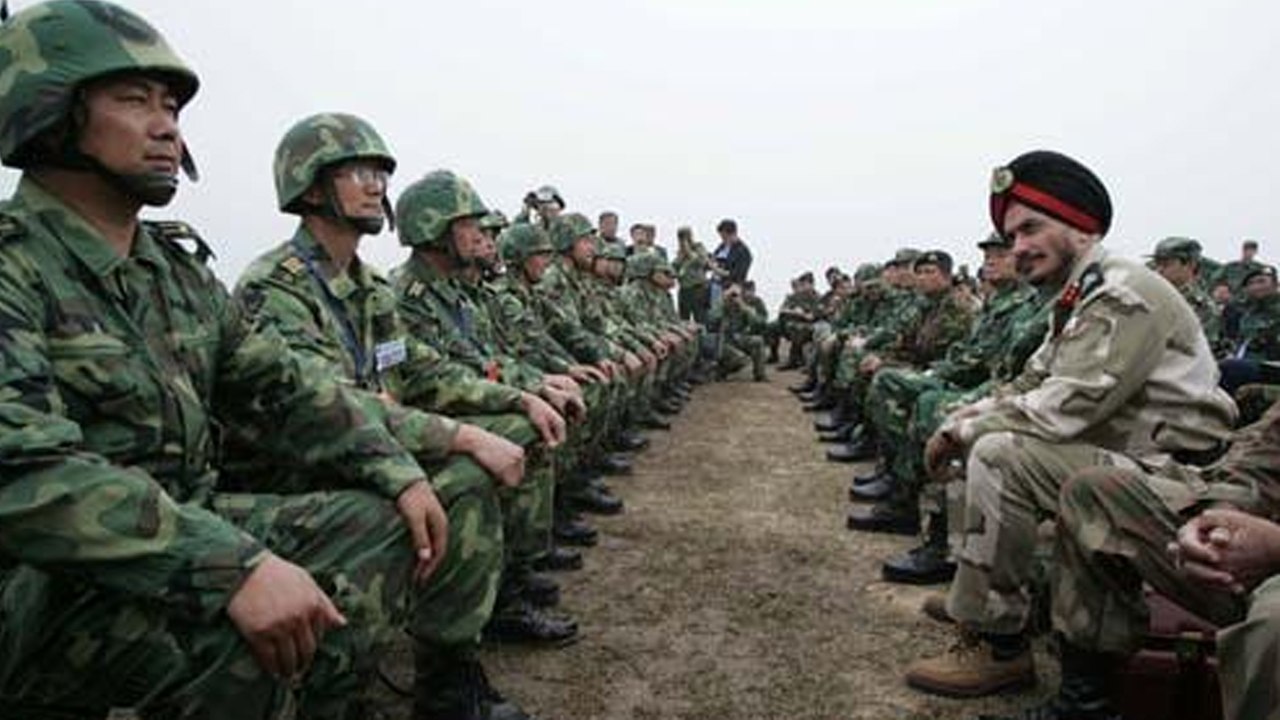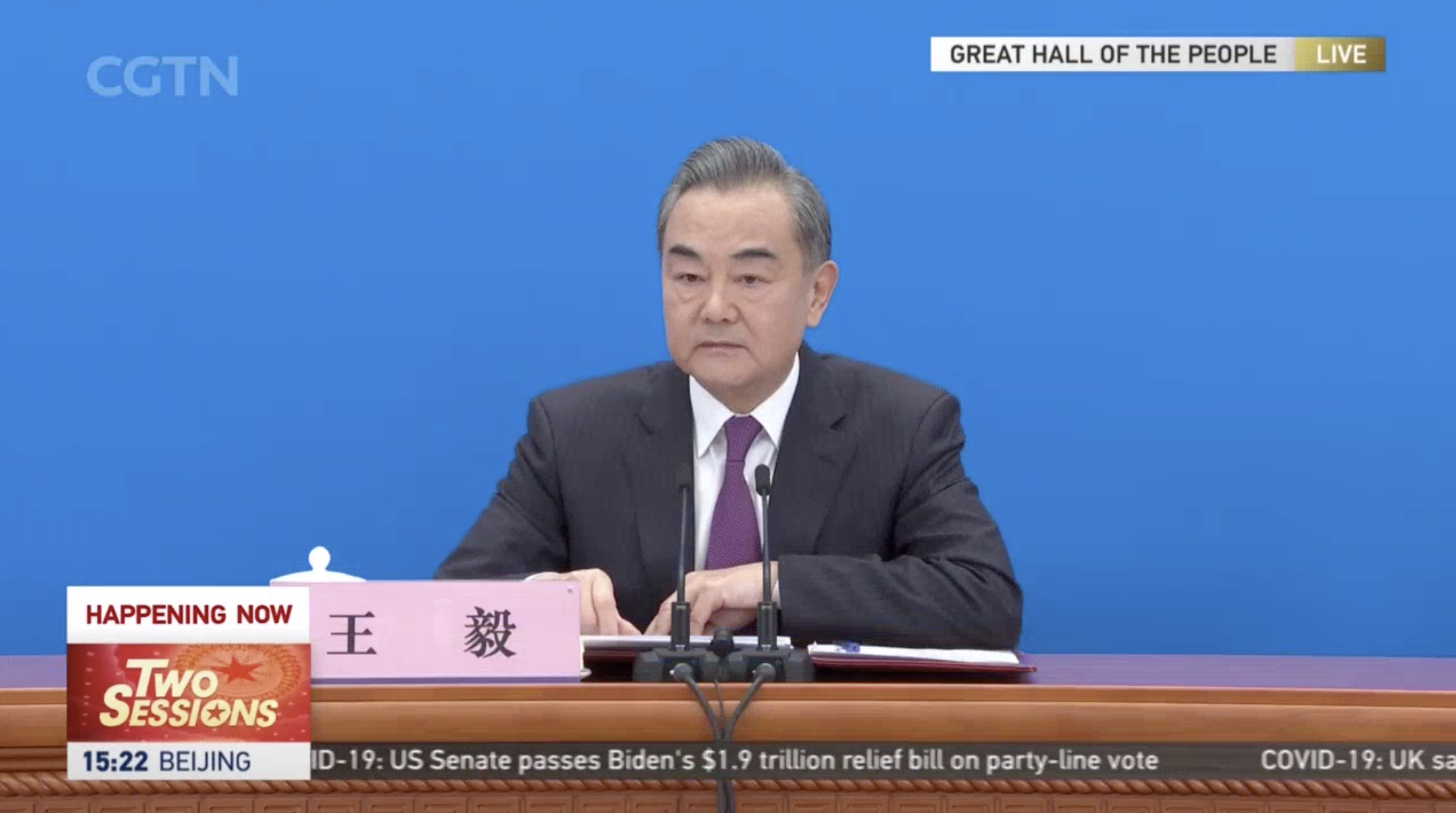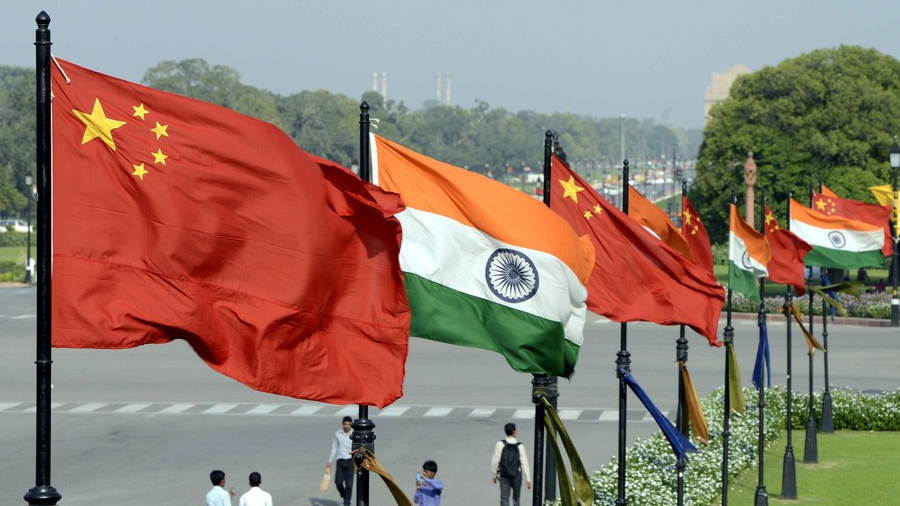Editor's note: Rabi Sankar Bosu is an Indian freelance contributor to Chinese media outlets and writes about Chinese politics, social and cultural issues, and China-India relations with a special interest in the Belt and Road Initiative. The article reflects the author's opinions and not necessarily the views of CGTN.
The diplomatic relationship between China and India, two close neighboring countries, has been fractured due to the border confrontation between the front-line troops of the two countries in the Galwan Valley along the Line of Actual Control (LAC) on the night of June 15, 2020, which left 20 Indian and four Chinese frontier officers and soldiers dead, the first loss of life since 1975. There is no doubt that the monthslong border skirmishes at the disputed Indo-China border during the COVID-19 pandemic year hindered the smooth conduct of bilateral relations.
As such, since "the deadliest border clash" broke out, both countries are diplomatically and militarily trying to address the border frictions, keeping their interests at priority. The February 11, 2021, LAC disengagement has brought in a vernal breeze in bilateral ties after a bad year of disputes and differences.
It's really unfortunate that despite having a plethora of bilateral agreements to resolve border-related issues, Indian and Chinese border guards were locked in long stand-offs at many friction points, such as the Galwan Valley, Pangong Tso lake, since April 2020 to achieve operational and tactical advantage along the non-demarcated border in the Himalayas.

A commander-level meeting between China's Southern Xinjiang Military District chief and India's 14 Corps commander is held on the Chinese side of the Line of Actual Control at the China-India border, June 6, 2020. /Xinhua
A commander-level meeting between China's Southern Xinjiang Military District chief and India's 14 Corps commander is held on the Chinese side of the Line of Actual Control at the China-India border, June 6, 2020. /Xinhua
Right after the Galwan Valley clash, both sides blamed each other for the border skirmishes, accusing the other of "violating the sovereignty and territorial integrity" by trespassing in the other's land. While China called India's move “flagrant provocation” at the Galwan Valley in Ladakh region counter to efforts to bring down tension on the ground, India claimed its armed forces "pre-empted the PLA activity on the southern bank of Pangong Tso Lake" and accused the Chinese soldiers of unilaterally changing the status quo in the border areas.
With the two severe clashes at the disputed LAC in Ladakh, the statements made and actions taken by the Narendra Modi-led Bharatiya Janata Party (BJP) government against China are not wholly in consonance with deepening the relationship. While painting China as "expansionist," hawkish measures such as imposing a range of economic measures against Chinese firms and apps by the Modi government to counter a prosperous and militarily powerful China have impacted business and people's outlook on both sides.
The question is, should the skirmishes and tensions at the poorly drawn India-China border expedite or should the duo carry out peaceful negotiations and settle the issue? Could blaming each other due to mutual disappointment bring the status quo into normalcy?

Chinese State Councilor and Foreign Minister Wang Yi holds a virtual press conference, taking questions from reporters on China's foreign policy and relations, Beijing, China, March 7, 2021. /CGTN
Chinese State Councilor and Foreign Minister Wang Yi holds a virtual press conference, taking questions from reporters on China's foreign policy and relations, Beijing, China, March 7, 2021. /CGTN
Fortunately, the five-point agreement to disengage and de-escalate the troops along the LAC adopted during the bilateral meeting between Indian Foreign Minister S. Jaishankar and Chinese State Councilor and Foreign Minister Wang Yi in Moscow on September 10, 2020, has finally paved the way to the disengagement process on the north and south bank of Pangong Tso in Ladakh on February 11, 2021.
Although some security analysts, media experts and social media commentators in both countries question the effectiveness of the disengagement, it can be firmly said that it has given the two obvious allies a reprieve from protracted conflict while truly preserving their respective national interests. As such, the disengagement should not be seen as a victory or defeat rather as a welcome effort based on "mutual respect, mutual sensitivity and mutual interests" to repair the Sino-India ties that have been suffered much by the border conflict.
Now, when the border crisis has been eased to some extent, it's the right time for India to build bridges with China through business, trade, friendship, mutual trust and people-to-people relationships. On February 25, during a phone conversation with his Indian counterpart, Wang Yi put a better proposition for maintaining healthy bilateral ties. "Border issues are not the whole of China-India relations and should be placed in an appropriate position in bilateral relations," he said. The Chinese foreign minister's comments sent an encouraging message that China is willing to deepen relations with India, despite some obvious contradictions.
In the interest of India's trade and manufacturing sectors, bilateral ties should not be blocked by the border issue only. What the two countries need right now is cooperation, not confrontation. But the restrictive measures on the part of the Indian government to reduce the presence of Chinese companies in its domestic market will only be a chimera.
Since becoming Indian Prime Minister in 2014, Narendra Modi has been working closely with the United States under former U.S. President Donald Trump to contain China in the frame of Indo-Pacific strategy, including the South China Sea. India's joining in the Quadrilateral Security Dialogue known as the Quad is nothing but a reflection of Modi's sedulous courtship of America as a counterweight to China. As such, he also wants the "strategic relationship" with the new Biden administration to be enhanced at whatever cost. But the bitter truth is that the U.S. has not cut India any slack on trade and business sectors. So, it will make no sense to pursue an administration that is as solipsistic as the United States.

Indian and Chinese national flags flutter side by side on lamp posts at the Raisina Hills in New Delhi, September 16, 2014. /Xinhua
Indian and Chinese national flags flutter side by side on lamp posts at the Raisina Hills in New Delhi, September 16, 2014. /Xinhua
It's unfortunate that Modi has spared no effort to ban Chinese business in India in 2020, but is that good for India's development? India should not kill its economic relations with China for America's strategic interest. The Trump administration banned Huawei only in the 5G and smartphone business, but for other businesses, including notebooks and other low-tech products, Washington has approved Intel to continue supplying Huawei with chips. The U.S. is very cunning; India should not follow Washington and harm its national interest.
The Modi administration, its foreign policymakers, media and academia should always bear in mind that despite calls to boycott Chinese products and imposing restrictions on Chinese investment, China surpassed the United States in 2020 to become India's largest trading partner. India's trade with China stood at $77.7 billion last year amid the economic crisis caused by the COVID outbreak. China also increased its imports from India by 11 percent, albeit in small quantities. Last year, China bought goods worth $19 billion from India. More importantly, the expansions of Chinese companies to India have provided job opportunities for a large number of Indians.
As Deng Xiaoping, chief architect of China's reform and opening-up policy, put it long ago, "No genuine Asian century would come without the development of China, India and other developing countries."
There is no doubt that the global economy in the 21st century will be dominated by China and India. The leaders of the two countries on many occasions unanimously agreed that the Indian "elephant" and the Chinese "dragon" do not pose a threat to each other and also maintained that Asia and the world have enough room for both India and China to develop. As such, in this post-pandemic era, it is crucial for the two countries to work cooperatively instead of taking unilateral actions to take the bilateral relations to the next level, be it in terms of political, cultural, and economic-trade relations in the coming months.
(If you want to contribute and have specific expertise, please contact us at opinions@cgtn.com.)

